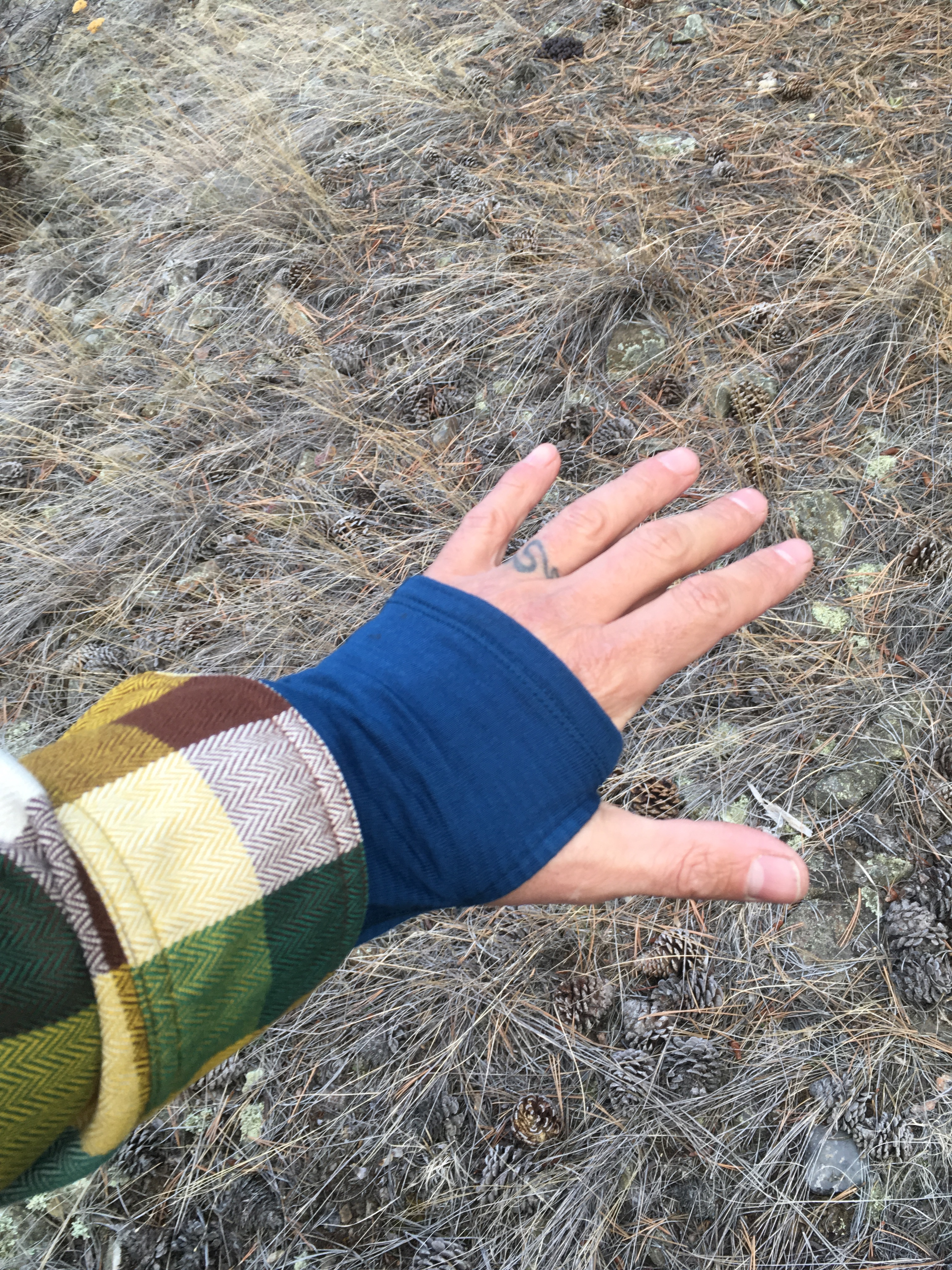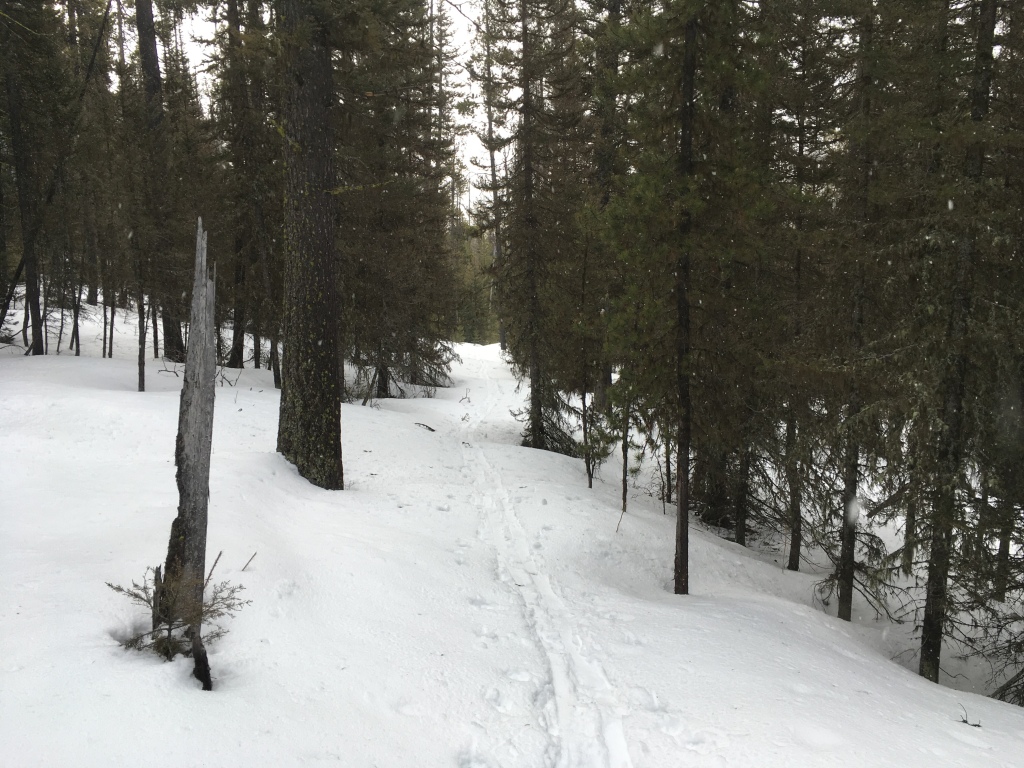Not necessarily a huge amount to say here: the Allez Micro is a hooded quarter zip baselayer shirt, made from Polartec High Efficiency, a fabric which was one of the very best innovations of the past decade. I reviewed the Patagonia Capilene 4 hoody back in the day, when it was one of the very first pieces to use the fabric. Later that year I bought a Capilene 4 long sleeved crew, and have used that since, when the weather gets reasonably chilly. I ended up passing that gen 1 Cap 4 hoody along, mainly because the hood was too tight for all day comfort. I’ve periodically missed the warmth and functionality of having a hood in that particular layer, as well as the versatility of being able to use a warmer baselayer hoody as a midlayer, too. So I bought an Allez Micro, and have been happy.

The main, perhaps only difference of substance between the Allez Micro and the current Patagonia Thermal Weight hoody is the hood, with the former being a single layer, and the later double. I much prefer the reduced warmth, and enhanced moisture transport, of the single layer. For the same reason, I much prefer no pockets on a shirt like this. I did buy the Allez Micro in size large, which lets me wear it over a t-shirt if desires, while still being slim enough for layering. This also makes the hood big enough to wear for days at a time, even over a variety of hats. Sleeves and torso are very long, almost excessively so, though it makes the thumb loops fit ideally, and the fabric is light and flexible enough that some excess around the wrists goes unnoticed.

Polartec HE was on the vanguard of the defining textile apparel trend of the past decade, and understanding how unusually, occasionally exceptionally wicking and air permeable fabrics interact as various parts of a layering apparatus. The Allez Micro, for example, is light enough and would seem to be more than fast wicking enough to be a hot weather baselayer. A few months ago I found myself wearing it on a windless day pushing into the 80s, even at 7000 feet, and having it rather than something like the Pulse hoody contributed significantly to my pace suffering in the heat. Not only does the grid fabric trap air and as a result add warmth, when worn alone on a calm day, it also wicks too fast to work in hot weather, as the fabric effectively eliminates convective cooling. That same attribute is of course it’s main virtue in the cold, and why most of the time Polartect HE works best against the skin.
Some sort of shell is often important, in cold, weather, to control evaporative rates and thus provide for some adjustment in heat and cooling. A big virtue of HE is that it moves moisture so fast that there is a lot of foregiveness in layering. One can, for instance wear a relatively not-breathable wind layer, to guard against stronger winds and to take advantage of the more limited moisture absorption (relative to soft shell windshirts), and get away with venting via the front zip in warmer and calmer moments.
Something like the Allez Micro also works, decently, as a midlayer over a slower wicking t-shirt, which slows down moisture transport against the skin, but speeds it up through the midlayer. In this case, there is less wiggle room when it comes to a wind layer, but on something like a spring ski trip where one might have both hot afternoons and very cold mornings (or days), this arrangement might be the best way to cover as many conditions as possible without duplicate layers that can’t all be worn together (for instance, while sleeping).
The Allez Micro is a versatile option, and Montane did well providing the salient details, without anything extra. Recommended.

Leave a comment